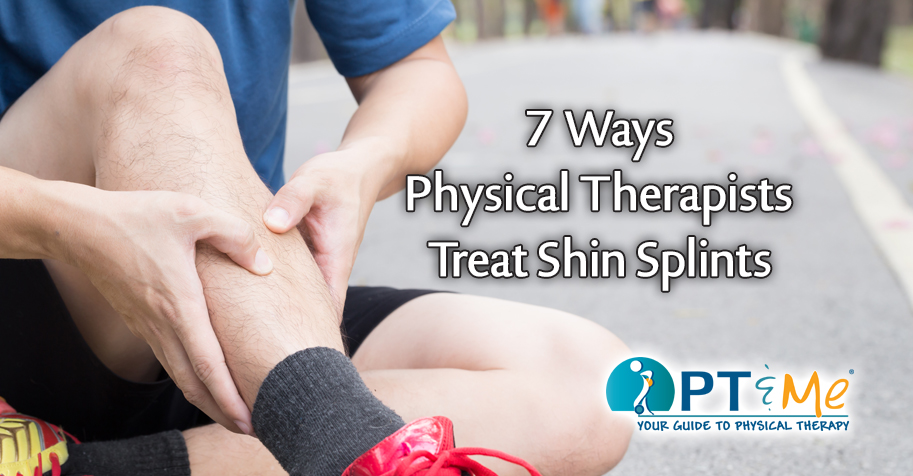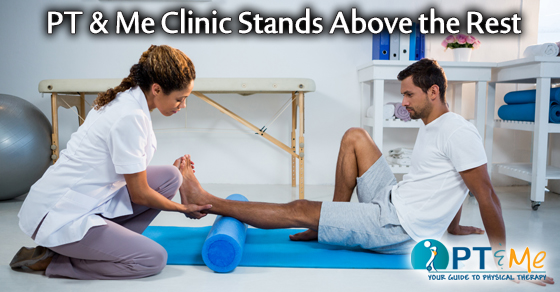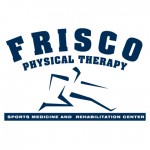
Here are 7 ways a physical therapist can help treat pain and symptoms associated with shin splints:
Pain Reduction: The RICE principle is the first step to recovery (rest, ice, compression, and elevation). Manual therapy and Kinesiotaping may also speed up recovery and reduce swelling.
Gait and Footwear Analysis: An analysis of how a person walks and runs is an important part of treatment. The wrong mechanism of walking can transmit a great deal of force through the shin to the knee and hip. In such situations, physical therapists will correct gait patterns and recommend footwear with shock-absorbing capacity.
Muscle Stretches and Strengthening: The tibial and peroneal muscles are attached to the shin and must be stretched adequately before any form of exercise. Physical therapy includes various stretches of the foot that will help stretch and warm up these muscles. Strengthening damaged muscles can also help.
Activity Modification: Physical therapists may suggest alternative activities to minimize stress on the shinbones. These can include swimming and cycling.
Increase Range of Motion (ROM): Exercises for the hip, knee, ankle, and foot improve blood circulation, reduce inflammation and relieve pain. A home exercise program may also be implemented.
Arch Support: The absence or collapse of a normal foot arch can lead to shin splints. Physical therapists will recommend appropriate orthotics that can be custom-made for the patient and provide the proper amount of arch support.
Return to Sport: If you are an athlete, your therapist may tailor exercises that are specific to strengthening the areas needed to perform your sport. Modified use of your muscles may also be discussed and implemented. Return to your sport may be gradual to prevent re-injury.
To learn more about shin splints please visit our PTandMe injury center on this website by clicking here.




